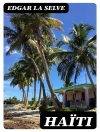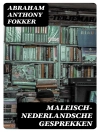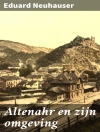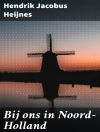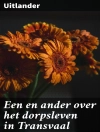In ‚A Lady’s Visit to the Gold Diggings of Australia in 1852-53, ‚ Ellen Clacy presents a vivid and intimate account of her experiences as a woman traversing the tumultuous landscape of the Australian gold rush. Her narrative weaves personal observations with astute social commentary, reflecting the era’s unique blend of optimism and hardship. Clacy’s literary style is characterized by its candidness and eloquence, capturing the struggles and triumphs of diggers and settlers alike. Her writing serves not only as a travelogue but also as a reflective lens on gender roles in the 19th century, providing rich insights into the daily lives and challenges faced by women during this transformative period in Australia’s history. Ellen Clacy, an Englishwoman and intrepid traveler, embarked on this journey amid a backdrop of societal change and opportunity that the gold rush represented. Her personal motivations for undertaking this adventure stemmed from both curiosity and the desire for economic independence, common themes among women of her time. Through her detailed observations and engaging prose, Clacy emerges as both a witness and participant in the historical events of her day, highlighting the extraordinary resilience of women in a male-dominated society. This book is highly recommended for readers interested in feminist literature, Australian history, and the complexities of the gold rush era. Clacy’s eloquent storytelling offers not only a window into the past but also a compelling narrative that encourages reflection on the experiences of women adventurers. Her work is a must-read for those seeking to understand the interplay of gender and society in a pivotal moment in history.
Über den Autor
Ellen Clacy, a bespoke figure in 19th-century travel writing, carved her niche with the 1853 publication of ‚A Lady’s Visit to the Gold Diggings of Australia in 1852-53‘. The book offers a vivid portrayal of the Australian goldfields from a distinctly feminine perspective, at a time when such narratives were dominated by male adventurers. Clacy’s insightful observations and experiences as an Englishwoman in the rough terrain of the diggings provide a unique lens through which the gold rush era can be understood. Although Clacy is not as widely recognized as some of her literary contemporaries, her work stands out for its pioneering spirit and contribution to the genre of travel literature and women’s writing. Offering a fresh viewpoint on the social conditions, cultural dynamics, and the sheer adventure of the gold rush, Clacy’s prose is both informative and engaging. Her account is valued not only for its historical significance but also for its literary style, which reflects the broader Victorian tradition with personal reflections and descriptive detail. ‚A Lady’s Visit to the Gold Diggings of Australia in 1852-53‘ remains an important document for historians and literary scholars interested in the period and continues to provide rich material for researchers exploring the narratives of women travelers during the nineteenth century.



